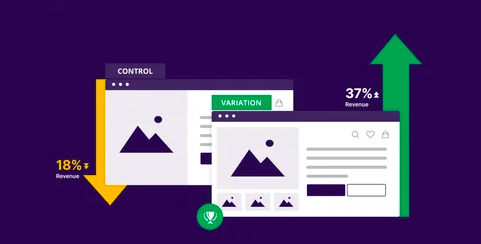Retail Data Science and Analytics are quickly becoming one of the most important aspects of retail management. This article will provide an overview of what Retail Data Science and Analytics entails, how it can be used to improve customer experience and efficiency, as well as key challenges retailers, are facing when it comes to this emerging field.

Retail data science and analytics focus on understanding customer behaviour to inform decisions about pricing, inventory management, product selection and more. By leveraging large amounts of data from customers’ shopping experiences, retailers can gain insights into who their customers are, what they want, how much they’re willing to pay for goods or services and how best to reach them.
Analytics can also be used to understand store performance to identify areas where improvements can be made. For example, by analyzing the data around customer purchase history in a particular store location over time retailers can identify trends in demand which may indicate changes that need to be made for the store location to stay competitive with other stores nearby. Additionally, this data could help determine which products should be stocked at each location based on consumer preferences as well as identify opportunities for cross-selling or upselling certain items within the store itself.
Challenges Faced by Retailers in Adopting Data Science and Analytics
In the retail industry, data science and analytics have become increasingly important for businesses to understand customer behaviour and market trends. The use of data science and analytics can provide retailers with a competitive edge by enabling them to make informed decisions that can improve their bottom line. However, despite the potential advantages of utilizing data science and analytics, there are several challenges that retailers must face when trying to adopt these technologies into their operations.
Retailers are finding the right tools to analyze their data. There are numerous tools available on the market today that allow businesses to extract meaningful insights from their data, but not all of them are suitable for every situation. Retailers need to be able to identify which tool or combination of tools best suits their particular business needs to make effective use of data science and analytics technology.
Hiring personnel who possess the necessary skill sets for analyzing large amounts of complex datasets. Data scientists typically require a high level of technical expertise for them to effectively interpret results from datasets, making it difficult for retailers who lack such expertise within their organization.
Benefits of Using Data Science and Analytics in the Retail Industry
Data science and analytics are revolutionizing the retail industry. With the increasing demand for more data-driven decision-making, retailers are turning to data science and analytics to gain a competitive edge in the market. Data science and analytics offer numerous benefits that can help retailers improve customer experience, increase sales, reduce costs, and enhance operational efficiency.
One of the main advantages of using data science and analytics in retail is that it helps companies gain a better understanding of their customer’s behaviours. By analyzing customer data such as purchasing patterns or browsing activities, retailers can identify buying trends, develop personalized marketing strategies that target specific customer segments, or optimize their pricing strategies according to market conditions. Additionally, companies can track customer preferences over time to uncover insights about evolving consumer tastes which can be used to anticipate demand for certain products or tailor promotions accordingly.
Data science and analytics also enable businesses to measure marketing effectiveness more accurately by tracking website visits or digital campaigns across channels such as social media platforms or search engines. This information provides invaluable insights into which marketing tactics are yielding successful results so marketers can allocate resources most efficiently for future campaigns. It also allows companies to adjust their marketing mix accordingly based on previous performance results to maximize ROI from each campaign they launch.
Conclusion
Retail data science and analytics are important tools for the success of any retail business. By leveraging the power of analytics, businesses can gain insights into their customers’ behaviour, identify trends and opportunities for growth, and make informed decisions to drive higher sales performance and customer loyalty. With the right data, companies can optimize their operations to deliver an improved customer experience and maximize profits. Retail data science and analytics are essential for staying ahead in a competitive market.






























